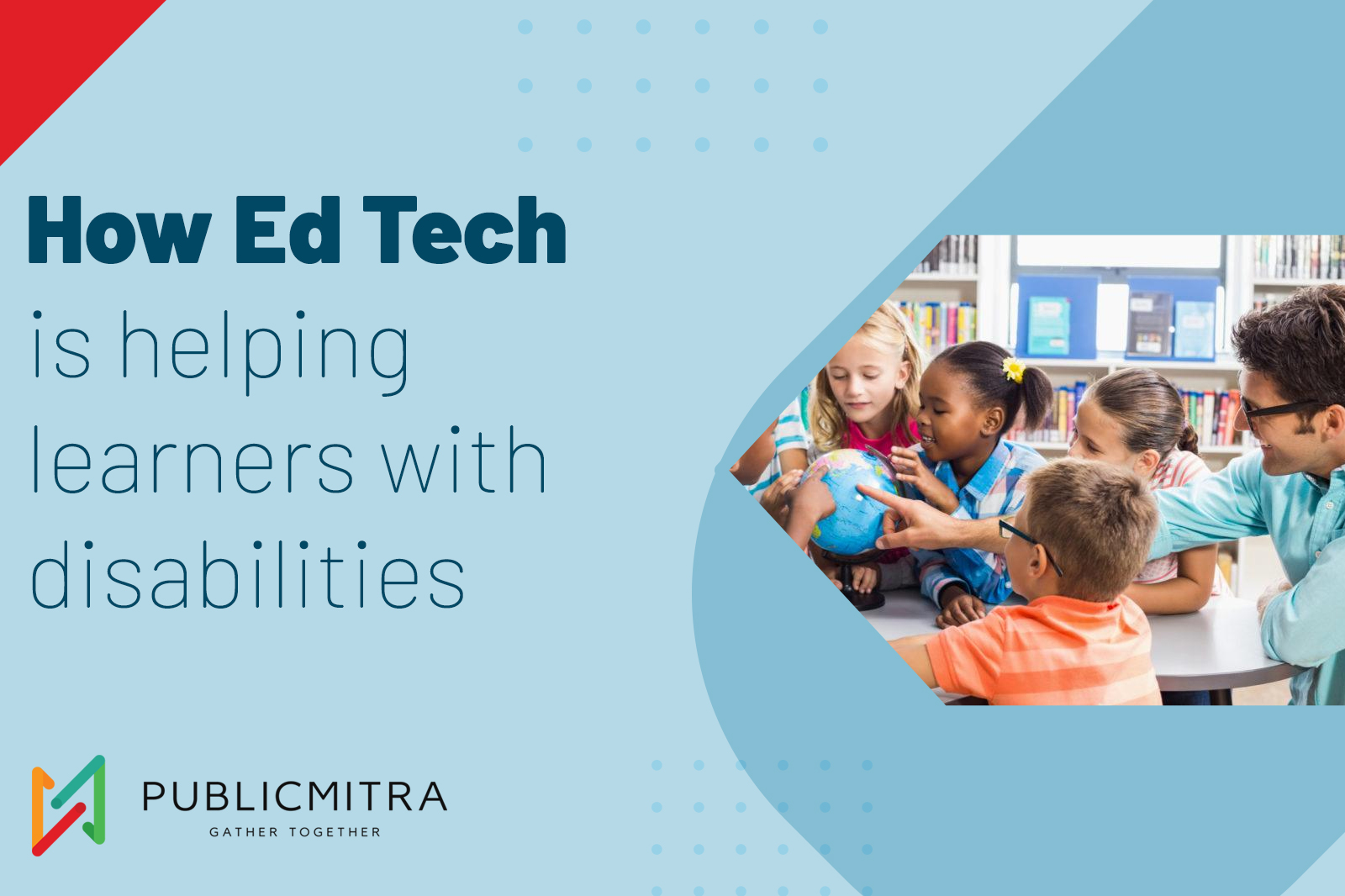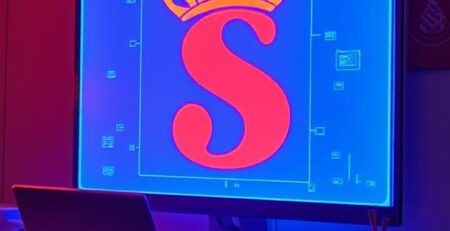How Ed Tech Is Empowering Learners With Disabilities?
In today’s digital age, educational technology (Ed Tech) has revolutionized the way we learn and teach. Among its many transformative impacts, one of the most notable is its ability to level the playing field for learners with disabilities. Ed Tech has opened doors to inclusive and accessible education, empowering students of all abilities to thrive in the learning environment. In this blog post, we will explore the ways in which Ed Tech is helping learners with disabilities and the positive impact it is having on their educational journey.
1. Personalized Learning – Ed Tech offers personalized learning opportunities, catering to the unique needs of learners with disabilities. Adaptive software and platforms can adjust the difficulty of content, pacing, and even the learning style to suit everyone. For example, students with dyslexia can benefit from text-to-speech tools, making written materials more accessible. Likewise, visually impaired students use screen readers or braille displays, and hearing-impaired students utilize captioning or sign language videos.
2. Assistive Technology – Assistive technology is a crucial aspect of Ed Tech for learners with disabilities. Tools like speech recognition software, communication devices, and electronic magnifiers can make a significant difference in the educational experience of students with diverse needs. These technologies help students overcome barriers, allowing them to participate actively in class and complete assignments more independently.
3. Accessibility Features – Most Ed Tech platforms and digital learning resources now come with built-in accessibility features. These include features such as closed captions, alt text for images, and keyboard navigation. These enhancements are not only beneficial for learners with disabilities but also make the learning experience more flexible and user-friendly for all students.
4. Online Learning Environments – The rise of online learning has been a game-changer for students with disabilities. They can learn from the comfort of their homes, which reduces physical accessibility challenges. Furthermore, online classes often provide a more flexible schedule, allowing students to work at their own pace and accommodate their specific needs.
5. Interactive Learning Tools – Ed Tech offers a wide range of interactive learning tools that engage students and cater to various learning styles. Gamification, virtual labs, and interactive simulations are examples of how technology can make complex subjects more accessible and understandable. This is particularly valuable for students with cognitive or learning disabilities.
6. Communication and Social Interaction – EdTech tools like chat boards, video conferencing, and virtual reality simulations promote collaboration and socialization, connecting students with peers and experts globally. This fosters inclusiveness and community, particularly benefiting students who find digital mediums more comfortable for self-expression, ultimately boosting their confidence and engagement.
7. Data and Progress Monitoring – EdTech in special needs education facilitates effective progress tracking through data analytics and learning management systems. This helps teachers and parents understand student performance, identify strengths and areas for improvement, and provide personalized support. Data-driven insights also inform instructional strategies and curriculum adjustments, fostering continuous growth and achievement.
In summary, EdTech is enhancing inclusivity in education for special needs students by offering personalized learning, improving communication and social interaction, providing assistive tools, and enabling effective progress tracking. This technology empowers students with diverse needs, helps them overcome obstacles, and succeed academically. To create a more inclusive future, it is important to ensure equitable access to these tools and promote their integration in special education classrooms as we embrace technological advancements.












